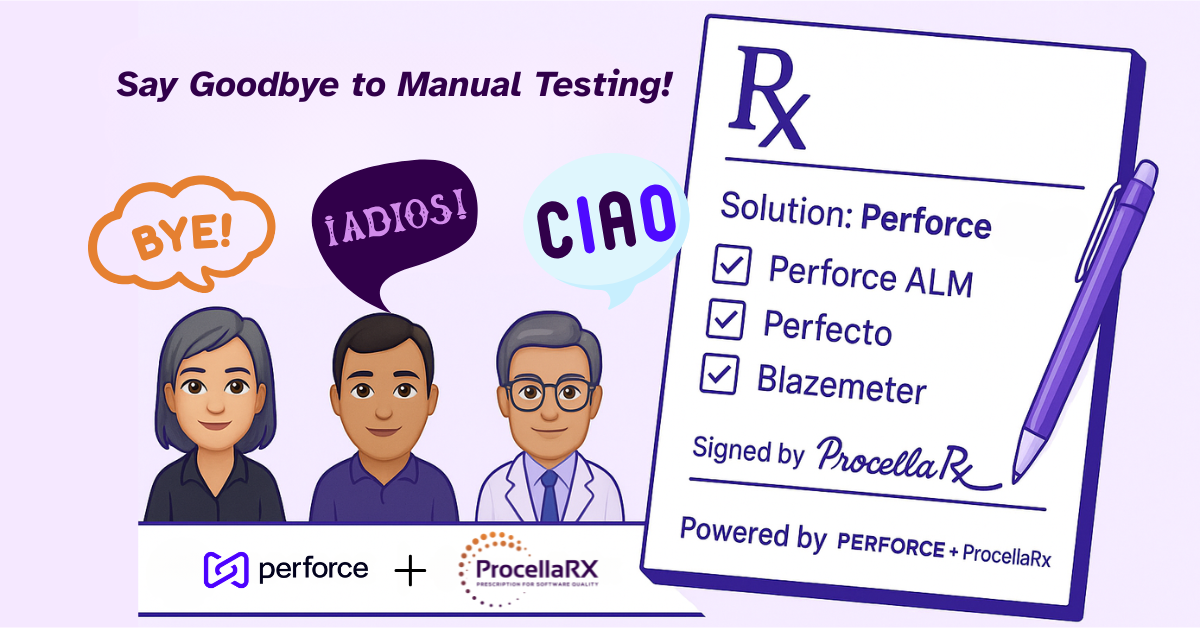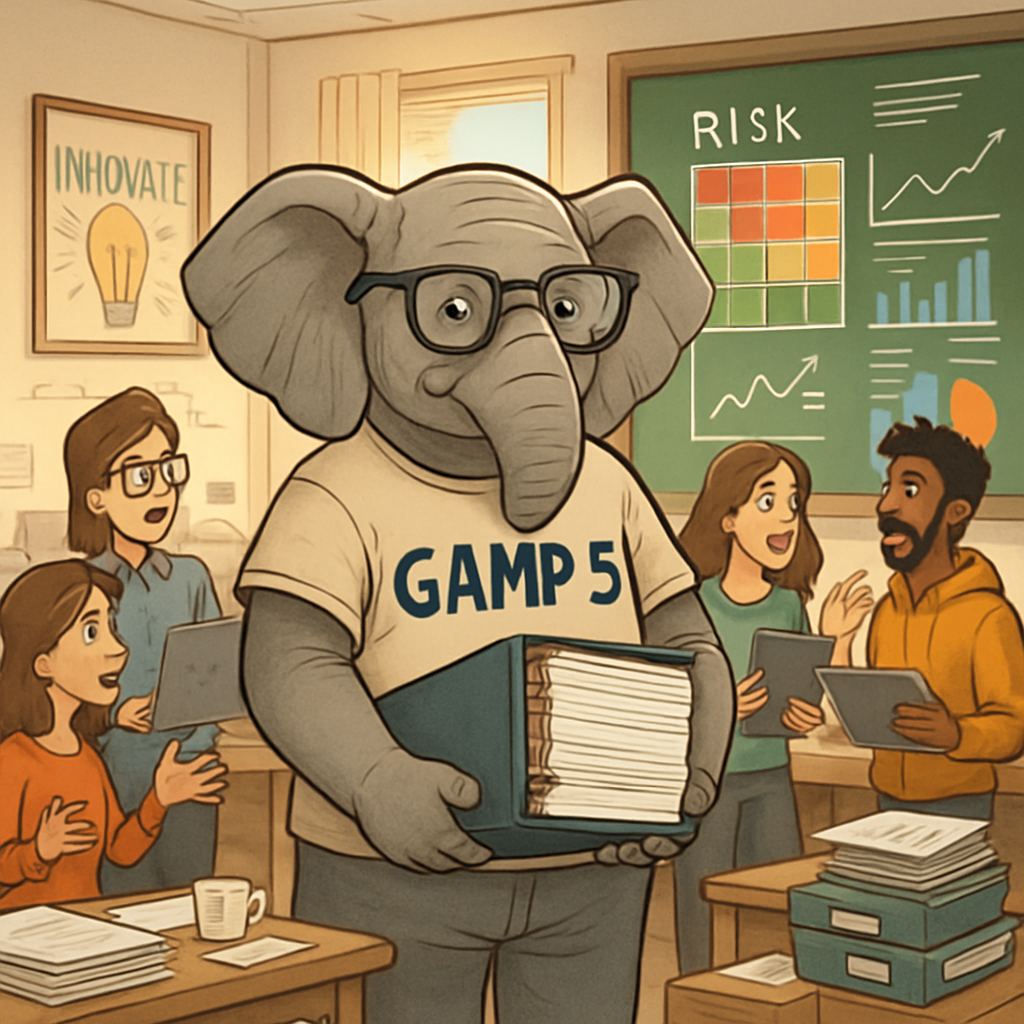Navigating AI in Pharma: Insights from ISPE 2025 Annual Meeting
Reflections from #ISPE2025 Annual Meeting, Charlotte

Readiness is a scaffold — temporary, deliberate, and essential. It holds structure through moments of uncertainty until something stronger can take its place.
That image stayed with me throughout this year’s ISPE Annual Meeting in Charlotte. The conversations around AI, validation, and data integrity revealed an industry balancing stability and transformation anchored by established frameworks yet learning how to govern technologies that evolve faster than we can standardize them. AI, in particular, feels like the scaffold of this era: a structure we’re reinforcing even as we build upon it.
Through it all, ISPE’s three pillars — Knowledge, Community, and Innovation — framed the dialogue. Each represents a discipline required to progress responsibly while protecting the trust that defines life sciences.
Knowledge: The Foundation Beneath the Build
AI has reinforced a truth the industry has always understood: a process is only as strong as its data. One point repeated across sessions, the recent press over 80 percent of AI proofs-of-concept fail because of data quality. The problem isn’t the math; it’s the input. Poorly curated, incomplete, or biased data propagates error, and once introduced into an algorithm, those weaknesses scale.
Validation must now go deeper than performance, it must explain how outputs are derived. Assurance depends on controlling data lineage, monitoring model drift, and maintaining explainability throughout the lifecycle. Validation becomes continuous, not sequential.
Regulators are signaling the same shift: traceability in reasoning, not just results. It’s no longer enough to prove that a model works; we must also demonstrate why it behaves as it does. Knowledge, in this context, is a living structure of transparency — the foundation that holds everything else in place.
Community: The Framework Still Taking Shape
The tone this year was grounded and practical. Companies are already integrating AI into operations, but most acknowledged we are still defining what responsible implementation looks like.
Representatives from the FDA and MHRA spoke candidly: formal guidance is still forming because the field itself is still forming. Both emphasized that understanding intended use, assessing risk by impact, and ensuring patient safety must guide every decision.
Attendees raised Annex 22 — not as a directive, but as a conversation point. Many noted that while it provides a starting scaffold, its current draft feels rigid for technology that learns and adapts. The shared perspective was that proportionality will matter most: autonomy balanced by oversight, transparency scaled to impact.
Community remains the mechanism through which those boundaries are shaped. Open exchange — across quality, technology, and regulation — is how shared understanding will emerge. Frameworks like ICH Q9(R1) and GAMP 5 (2nd Edition) give us structure, but it’s iteration and collaboration that will define what “good” looks like in practice.
Innovation: The Structure Beginning to Stand
Innovation was a recurring theme and it is no longer theoretical. Predictive analytics are already informing maintenance and quality decisions. Digital twins are being used throughout the manufacturing lifecycle to monitor process data, analyze variability, and support preventive decision-making. Automation is extending across operations, linking production, scheduling, documentation, and supply-chain traceability into connected, data-driven systems.
This is the early formation of the Pharma 4.0 vision: a fully digital, interoperable ecosystem where process control, data integrity, and quality oversight coexist within one coordinated framework. The outcome is continuity where every input, parameter, and decision connected through traceable, validated logic.
Human oversight remains essential but is evolving in purpose. The role is shifting from executing tasks to governing systems like interpreting data, validating model outputs, and ensuring that automated logic stays aligned with scientific and regulatory intent. This evolution is building new skill sets where data literacy, risk analysis, and operational control converge.
Many described this progression as the path toward the lab of the future. An environment where robotics perform the execution, digital twins orchestrate process feedback, and humans remain in the loop to supervise and confirm performance in real time. It’s not an abstract vision; it’s the next stage of readiness. The full integration of automation and analytics will enable end-to-end manufacturing that is faster, more adaptive, and inherently compliant.
Achieving that balance where automation supports quality without displacing accountability. This is how we will realize the true intent of Pharma 4.0: intelligent, self-correcting systems that bring therapies to patients with both speed and trust.
Finishing the Scaffold
The framework for AI in life sciences is still forming, and that’s expected. The scaffold exists to hold stability while understanding matures.
- Knowledge grounds us in evidence.
- Community aligns us through dialogue.
- Innovation gives that structure forward motion.
Together, they define readiness, not as anticipation, but as disciplined progress.
“The future doesn’t arrive fully formed; it is built by those who are ready.”
And readiness, now, means designing systems that learn with us, ensuring that the intelligence we build serves both science and the patients it was built to protect.
 By
By


